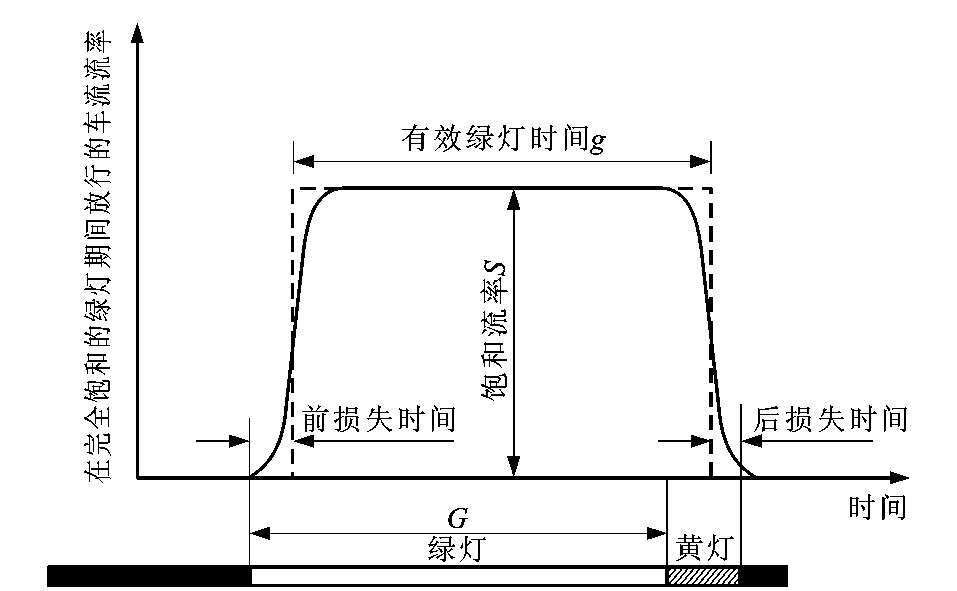Cumulative curve method for calculating saturation flow rate and phase lost time
-
摘要: 介绍了一种新的计算饱和流率和相位损失时间的累计曲线法。与韦伯斯特方法相比, 该方法可以计算前损失时间和后损失时间, 弥补了韦氏方法的不足。实际应用结果表明, 在无干扰或干扰很小的情况下, 一条车道的饱和流率在1600~1900veh/h之间, 总损失时间在1~2s之间, 有的相位损失时间可以忽略不计; 饱和流率的计算值与通常假设的1700~1800veh/h基本相符, 但实际测得的损失时间却低于HCM推荐的3~5s, 也低于黄灯时间。Abstract: Compared with Webster method, cumulative curve method can measure starting time and ending time. As an example, this method was applied in several lanes in Changchun city. The applying results show that the saturation flow rate of one lane is between 1 600~1 900 veh/ h, and the total lost time is less than 2 s without disturbing. The saturation flow rate approxi- mates the assumptive value, 1 700~1 800 veh/h, but the lost time is less than what HCM com- mends, 3~5 s, which is also less than the yellow time, 3 s.
-
Key words:
- traffic engineering /
- traffic control /
- cumulative curves /
- saturation flow rate /
- phase lost time
-
表 1 观测数据
Table 1. Observation data

表 2 车型转换系数
Table 2. Transform coefficients of vehicle type
车型分类 车型分类定义 换算系数 车型分类 换算系数 轻型车辆 3轮或4轮车辆 1.0 公共汽车和大型客车 2.0 中型车辆 2轴、多于4轮车辆 1.5 摩托车 0.4 重型车辆 多于2轴车辆 2.3 自行车 0.2 表 3 N (t) 转换
Table 3. N (t) transform

表 4 六条车道计算结果
Table 4. Calculating results of six lanes

-
[1] Robert M Shanteau. Using cumulative curves to measure saturation flow and lost time[J]. ITE Journal, 1988, 58(10): 50-54. [2] 全永木焱. 城市交通控制[M]. 北京: 人民交通出版社, 1989. [3] 杨佩昆, 张树升. 交通管理与控制[M]. 北京: 人民交通出版社, 1997. [4] 王殿海. 交通流理论[M]. 北京: 人民交通出版社, 2002. [5] 徐吉谦. 交通工程总论[M]. 北京: 人民交通出版社, 1991. [6] 中国公路学会《交通工程手册》编委会. 交通工程手册[M]. 北京: 人民交通出版社, 1998. [7] 美国交通研究委会员, 任福田. 道路通行能力手册[M]. 北京: 中国建筑工业出版社, 1991. [8] 陆化普. 城市交通现代化管理[M]. 北京: 人民交通出版社, 1999. -





 下载:
下载:





